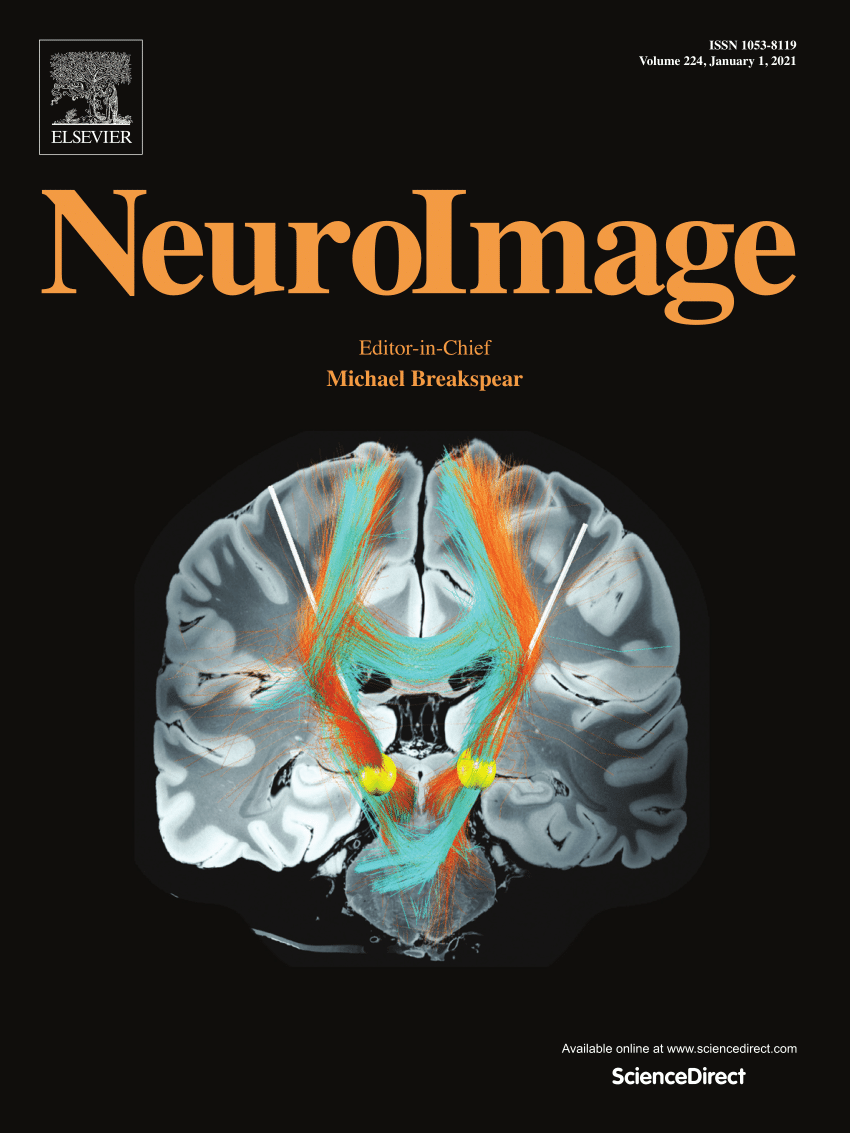Resting-state EEG network variability predicts individual working memory behavior
IF 4.7
2区 医学
Q1 NEUROIMAGING
引用次数: 0
Abstract
Even during periods of rest, the brain exhibits spontaneous activity that dynamically fluctuates across spatially distributed regions in a globally coordinated manner, which has significant cognitive implications. However, the relationship between the temporal variability of resting-state networks and working memory (WM) remains largely unexplored. This study aims to address this gap by employing an EEG-based protocol combined with fuzzy entropy. First, we identified both flexible and robust patterns of dynamic resting-state networks. Subsequently, we observed a significant positive correlation between WM performance and network variability, particularly in connections associated with the frontal, right central, and right parietal lobes. Moreover, we found that the temporal variability of network properties was positively and significantly associated with WM performance. Additionally, distinct patterns of network variability were delineated, contributing to inter-individual differences in WM abilities, with these distinctions becoming more pronounced as task demands increased. Finally, using a multivariable predictive model based on these variability metrics, we effectively predicted individual WM performances. Notably, analogous analyses conducted in the source space validated the reproducibility of the temporal variability of resting-state networks in predicting individual WM behavior at higher spatial resolution, providing more precise anatomical localization of key brain regions. These results suggest that the temporal variability of resting-state networks reflects intrinsic dynamic changes in brain organization supporting WM and can serve as an objective predictor for individual WM behaviors.
求助全文
约1分钟内获得全文
求助全文
来源期刊

NeuroImage
医学-核医学
CiteScore
11.30
自引率
10.50%
发文量
809
审稿时长
63 days
期刊介绍:
NeuroImage, a Journal of Brain Function provides a vehicle for communicating important advances in acquiring, analyzing, and modelling neuroimaging data and in applying these techniques to the study of structure-function and brain-behavior relationships. Though the emphasis is on the macroscopic level of human brain organization, meso-and microscopic neuroimaging across all species will be considered if informative for understanding the aforementioned relationships.
 求助内容:
求助内容: 应助结果提醒方式:
应助结果提醒方式:


